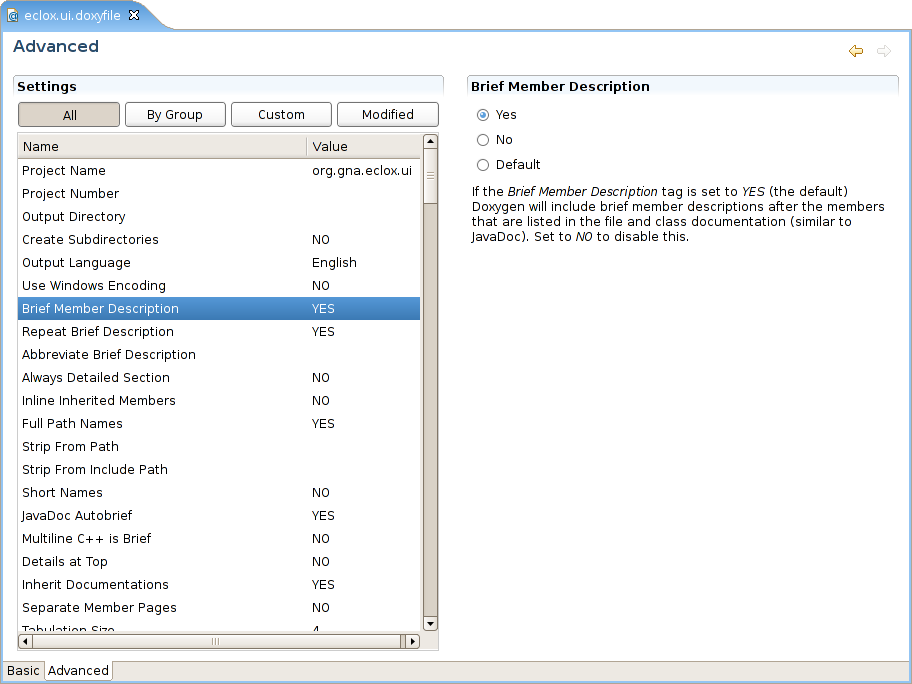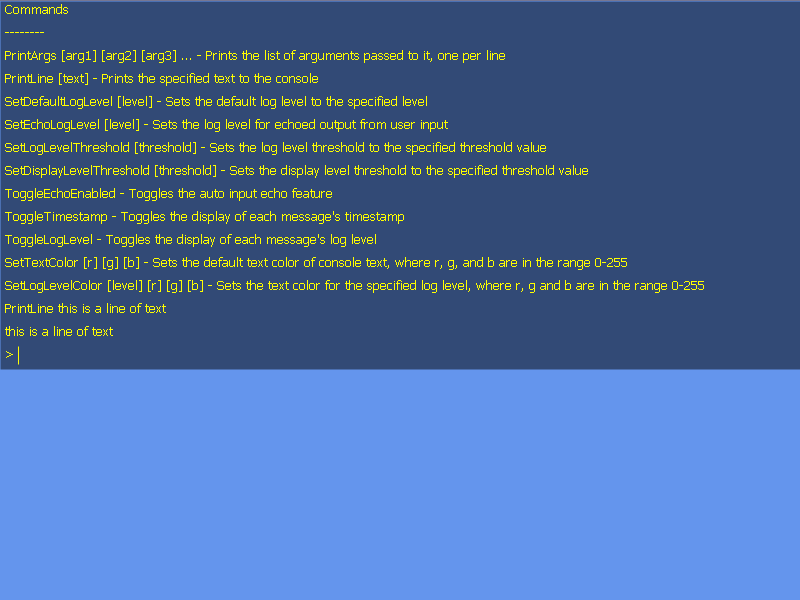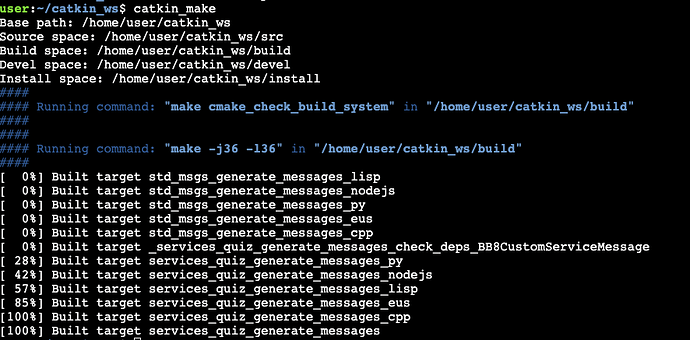
Doxygen will use this information to generate all constant output in the proper language. The OUTPUT_LANGUAGE tag is used to specify the language in which all documentation generated by doxygen is written. Enabling this option can be useful when feeding doxygen a huge amount of source files, where putting all generated files in the same directory would otherwise causes performance problems for the file system. If the CREATE_SUBDIRS tag is set to YES, then doxygen will create 4096 sub-directories (in 2 levels) under the output directory of each output format and will distribute the generated files over these directories. If left blank the current directory will be used. If a relative path is entered, it will be relative to the location where doxygen was started. The OUTPUT_DIRECTORY tag is used to specify the (relative or absolute) path into which the generated documentation will be written.

This could be handy for archiving the generated documentation or if some version control system is used. The PROJECT_NUMBER tag can be used to enter a project or revision number. This name is used in the title of most generated pages and in a few other places. The PROJECT_NAME tag is a single word (or a sequence of words surrounded by double-quotes) that should identify the project for which the documentation is generated.

Doxygen uses libiconv (or the iconv built into libc) for the transcoding. The default is UTF-8 which is also the encoding used for all text before the first occurrence of this tag. This tag specifies the encoding used for all characters in the config file that follow. You can also include part of a configuration file from another configuration file using a tag as follows: Environment variables can be expanded using the pattern $(ENV_VARIABLE_NAME). Multiple lines can be concatenated by inserting a backslash (\) as the last character of a line. If the value should contain one or more blanks it must be surrounded by quotes ("."). For options that take a list as their argument, the += operator can be used instead of = to append new values to the list. If the same tag is assigned more than once, the last assignment overwrites any earlier assignment. Each statement consists of a TAG_NAME written in capitals, followed by the = character and one or more values. The file essentially consists of a list of assignment statements. Comments begin with the # character and end at the end of the line. Comments may be placed anywhere within the file (except within quotes). The statements in the file are case-sensitive.

The file may contain tabs and newlines for formatting purposes. It generates a reference (link) to the subpage at the same time.A configuration file is a free-form ASCII text file with a structure that is similar to that of a Makefile, with the default name Doxyfile.

The page hierarchy is created by the repetitive use of the Doxygen tag The tag creates a parent-child relationship between two pages. We talked about Markdown support in Doxygen in my previous blogpost. Doxygen automatically generates a page for every file with the. All other pages listed under the main page are created using the Doxygen tag In our example, we’re using Markdown files where the tag is assumed and you’re not required to write it. There’s always a project main page created by the Doxygen tag In our example, the title of the main page is My Project.
#Doxygen custom tags code#
You can refer to any source code entity from within the page if required. They will typically contain a longer description of your project. Pages in Doxygen are used for documentation that is not directly attached to the source code entity like class, file or member. The tree view in the generated HTML output looks as follows: You can check out the project source code and the generated HTML ouput at: In order to demonstrate Doxygen features I created a sample project. If you’re a newcomer to Doxygen this blogpost might be useful for you. Let’s review some basic means that Doxygen provides to structure your documentation.


 0 kommentar(er)
0 kommentar(er)
